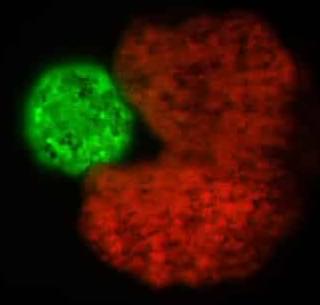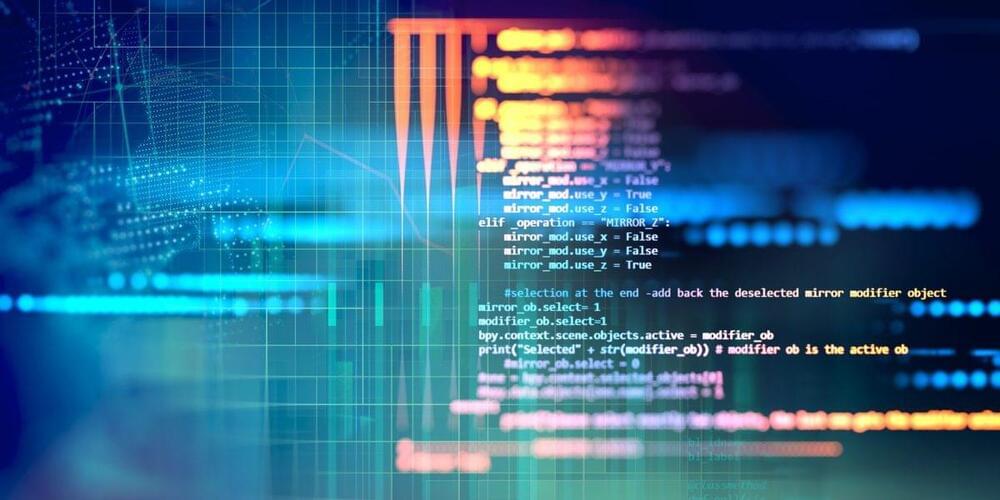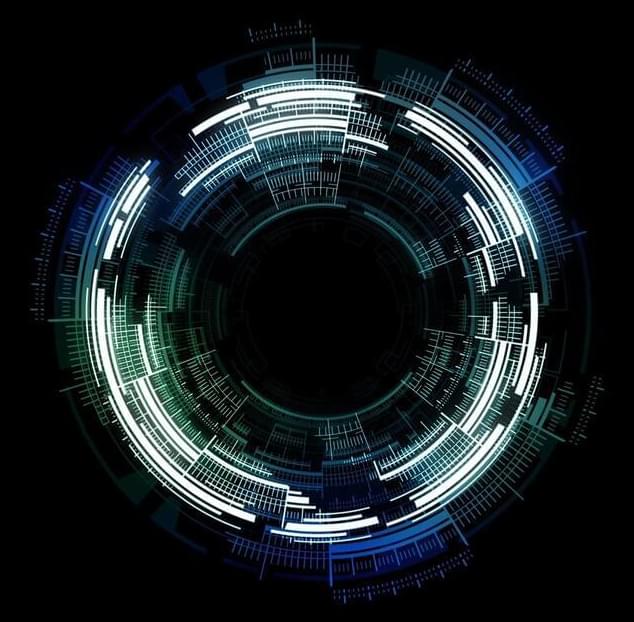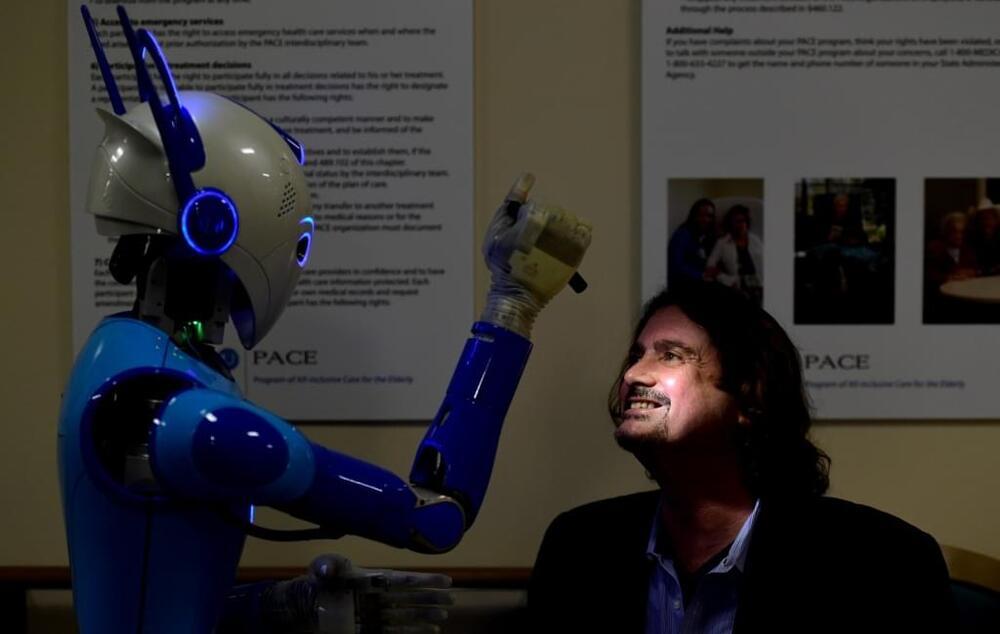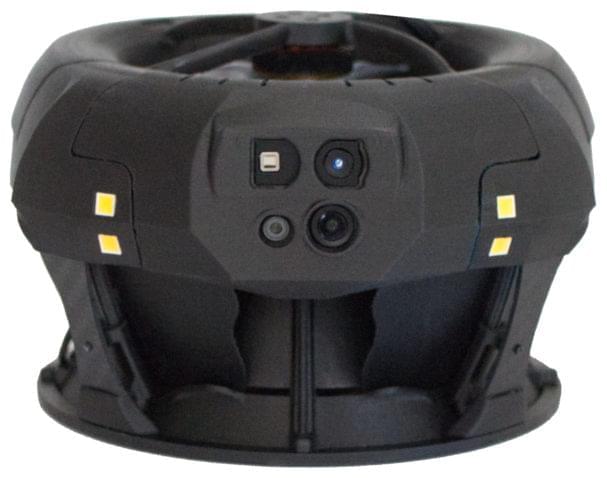During a keynote address today at its re: Invent 2021 conference, Amazon announced SageMaker Canvas, which enables users to create machine learning models without having to write any code. Using SageMaker Canvas, Amazon Web Services (AWS) customers can run a machine learning workflow with a point-and-click user interface to generate predictions and publish the results.
Low-and no-code platforms allow developers and non-developers alike to create software through visual dashboards instead of traditional programming. Adoption is on the rise, with a recent OutSystems report showing that 41% of organizations were using a low-or no-code tool in 2019/2020, up from 34% in 2018/2019.
“Now, business users and analysts can use Canvas to generate highly accurate predictions using an intuitive, easy-to-use interface,” AWS CEO Adam Selipsky said onstage. “Canvas uses terminology and visualizations already familiar to [users] and complements the data analysis tools that [people are] already using.”

